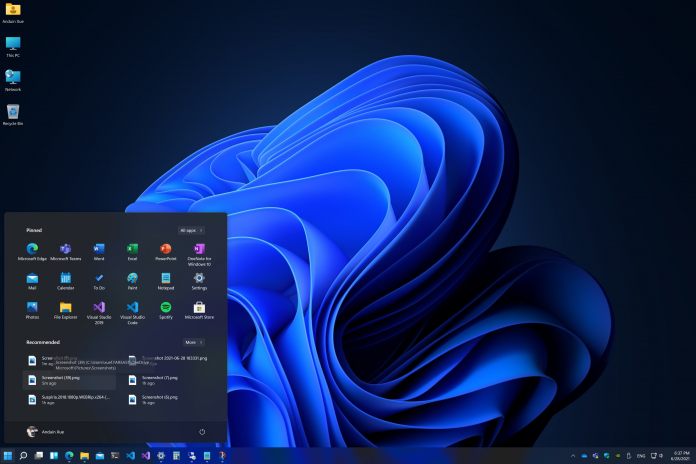Microsoft has sent out a list of PowerShell scripts that can help users verify the status of mitigations for several speculative execution side-channel attack CPU vulnerabilities on Windows 11 and Windows 10 devices.
If you didn’t know, Microsoft releases PowerShell scripts to help CPU vulnerabilities that happen on Windows 10 and Windows 11.
Looking at the current scripts, Microsoft says the vulnerabilities in question could give threat actors the ability to access sensitive data. This could happen by the attack exploiting flaws in the CPU design process.
“Microsoft has developed a sample PowerShell script that can help you automate updating the Windows Recovery Environment (WinRE) on deployed devices to address the security vulnerabilities in CVE-2022-41099.
The sample PowerShell script was developed by the Microsoft product team to help automate the updating of WinRE images on Windows 10 and Windows 11 devices. Run the script with Administrator credentials in PowerShell on the affected devices. There are two scripts available—which script you should use depends on the version of Windows you are running. Please use the appropriate version for your environment.”
Available Now
The scripts are meant to help users check if their devices have the appropriate firmware updates and registry settings to enable the mitigations for these vulnerabilities.
Microsoft recommends running the scripts with Administrator credentials in PowerShell on the affected devices. There are two versions of the script: one for Windows 10 version 2004 and later, as well as Windows 11, and another for Windows 10 version 1909 and older. Users should use the appropriate version for their environment.
The PowerShell scripts are part of Microsoft’s ongoing efforts to protect its customers from speculative execution side-channel attacks, which have been a major challenge for the industry since they were first revealed in 2017.
Tip of the day: For the most part, Windows apps are stable, but they can still be still thrown out of whack by updates or configuration issues. Many boot their PC to find their Microsoft Store isn’t working or their Windows apps aren’t opening. Luckily Windows 11 and Windows 10 have an automatic repair feature for apps that can resolve such issues.






